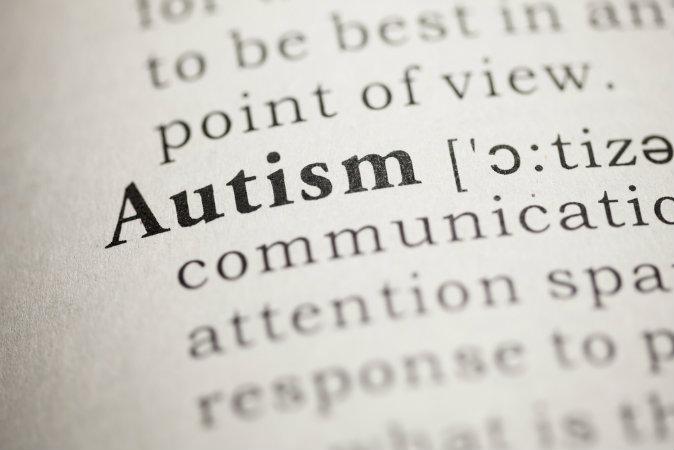A recent study indicates there was a significant drop at the national level of the practice of affirmative action in colleges and universities between 1992 and 2004. The study was conducted at the University of Washington by Grant H. Blume and Mark C. Long.
“What we mean by levels of affirmative action is the percentage point advantage minority of the applicant,” said Long in a video interview.
According to Long, the reason they are looking at this specific time period is because this was when large-scale changes in state policies and judicial rulings affected some states. California, Florida, Texas, and Washington all have statewide affirmative action bans.
There was a substantial reduction in the level of affirmative action practiced by colleges in 8 states with a ban. There was also a substantial spillover of the policies in these 8 states to students in adjacent states—specifically in Arizona, Nevada, and Idaho—even though those states were not directly affected.
“Students in those states might have been affected because the students in those states lacked selective colleges in their own states,” said Long.
At select public institutions, outside of those 8 states, a minority applicant was 19 percent more likely to be admitted compared to a non-minority applicant in 1992, and this remained at 18 percent in 2004.
“Prior to our paper, no study had looked at the nationwide trends in affirmative action practices at universities and how those affect students,” said Blume in a video interview.
Blume said that they looked not only at the nationwide snapshot but also at the two different periods in 1992 prior to all affirmative action changes, in addition to 2004, which is when a number of different changes were brought about.
“One of the challenges that we face in public policy in general is finding out if policies are having an affect, or if organizations, public agencies, are changing in their behavior,” said Blume.
According to Blume, the results indicate that statewide bans are changing the way that public universities in particular behave, so the debate on affirmative action shows positive results in the United States over the past 30 years.
“[There are] accusations about whether or not sides are complying with the law, and we find that, in fact, it appears to us that the states are complying,” said Blume.
The study, titled “Changes in Levels of Affirmative Action in College Admissions in Response to Statewide Bans and Judicial Rulings,” was recently published in Educational Evaluation and Policy Analysis. Data from a national level was used to determine this estimate from selective colleges.



